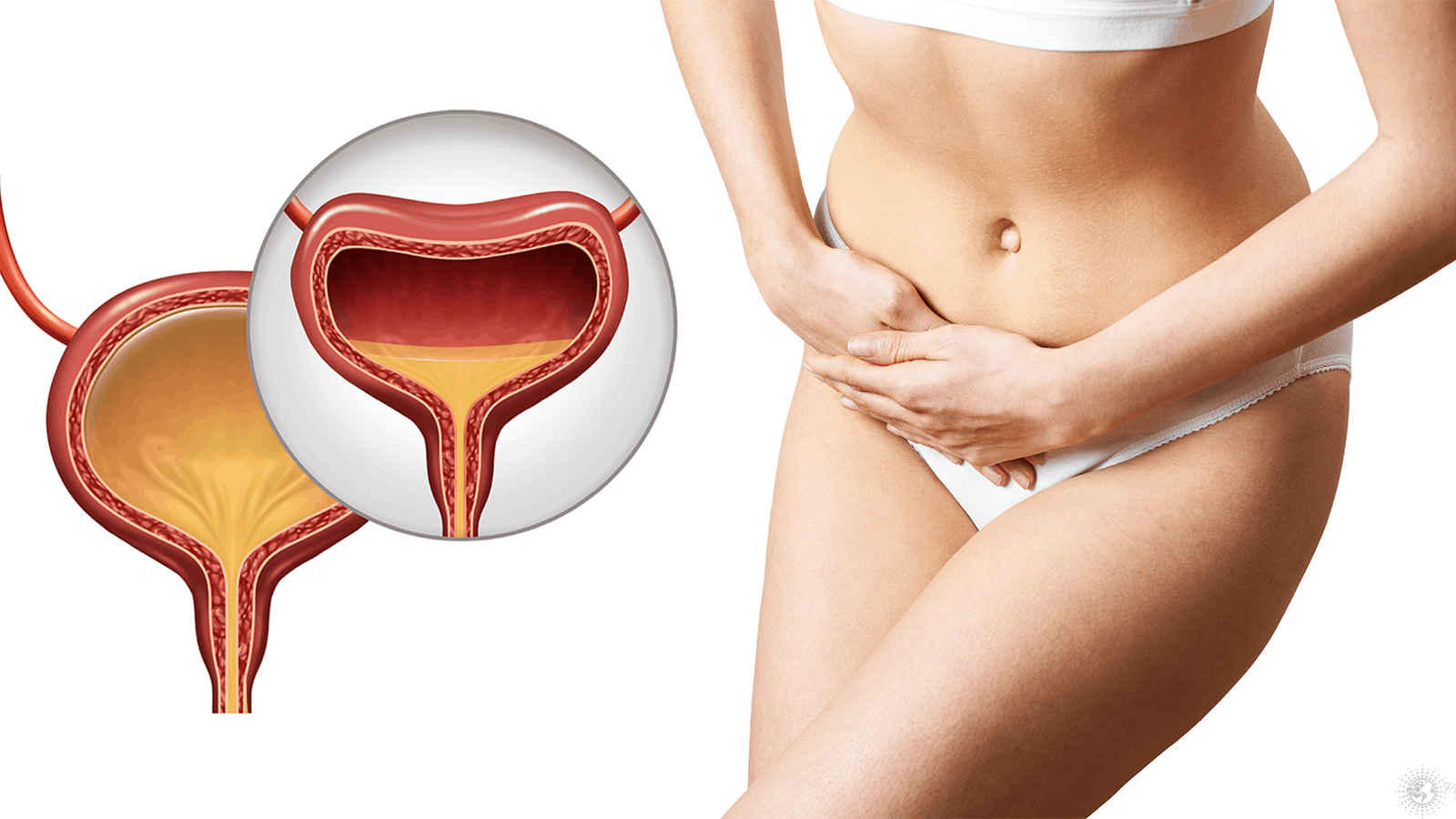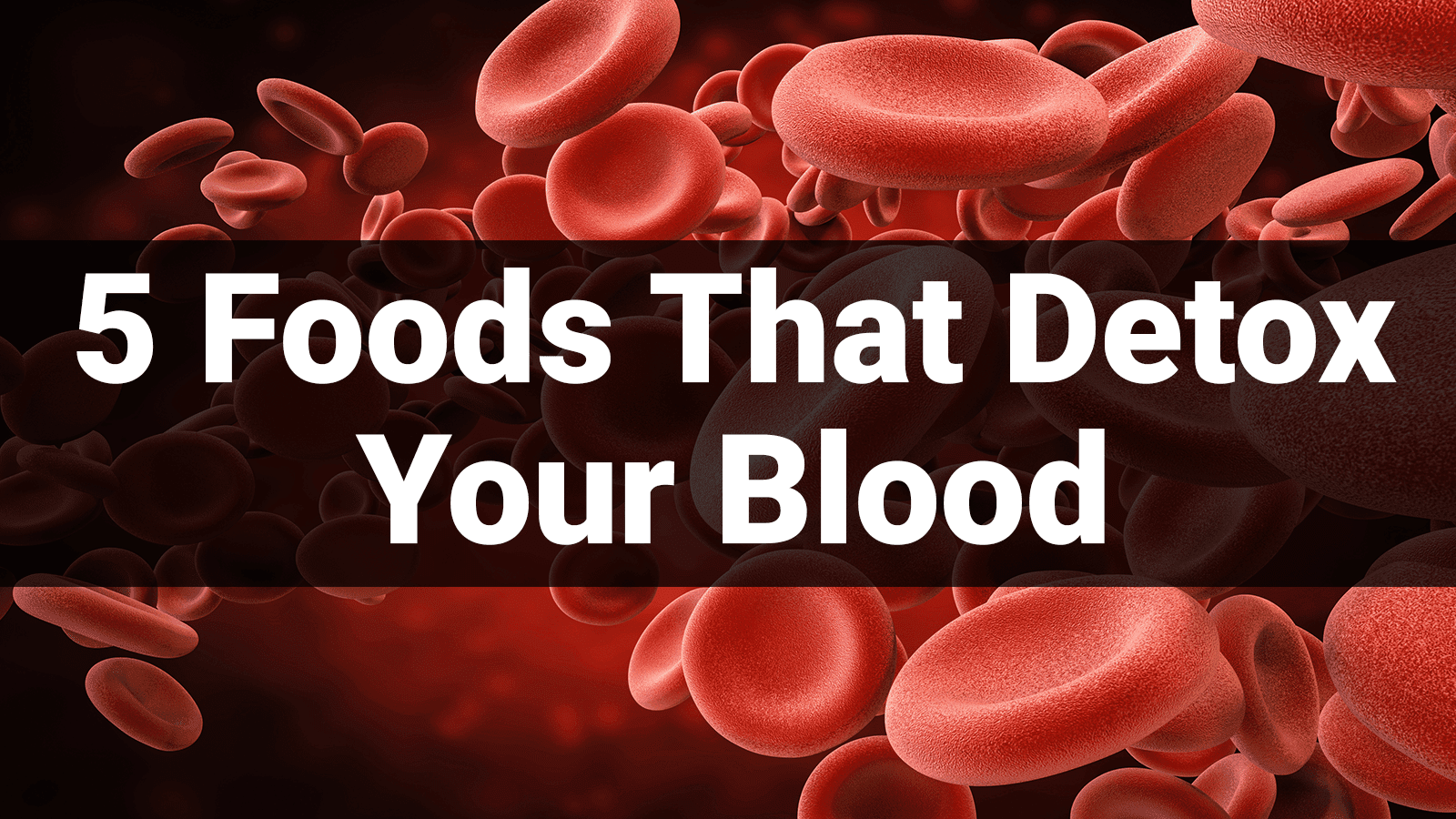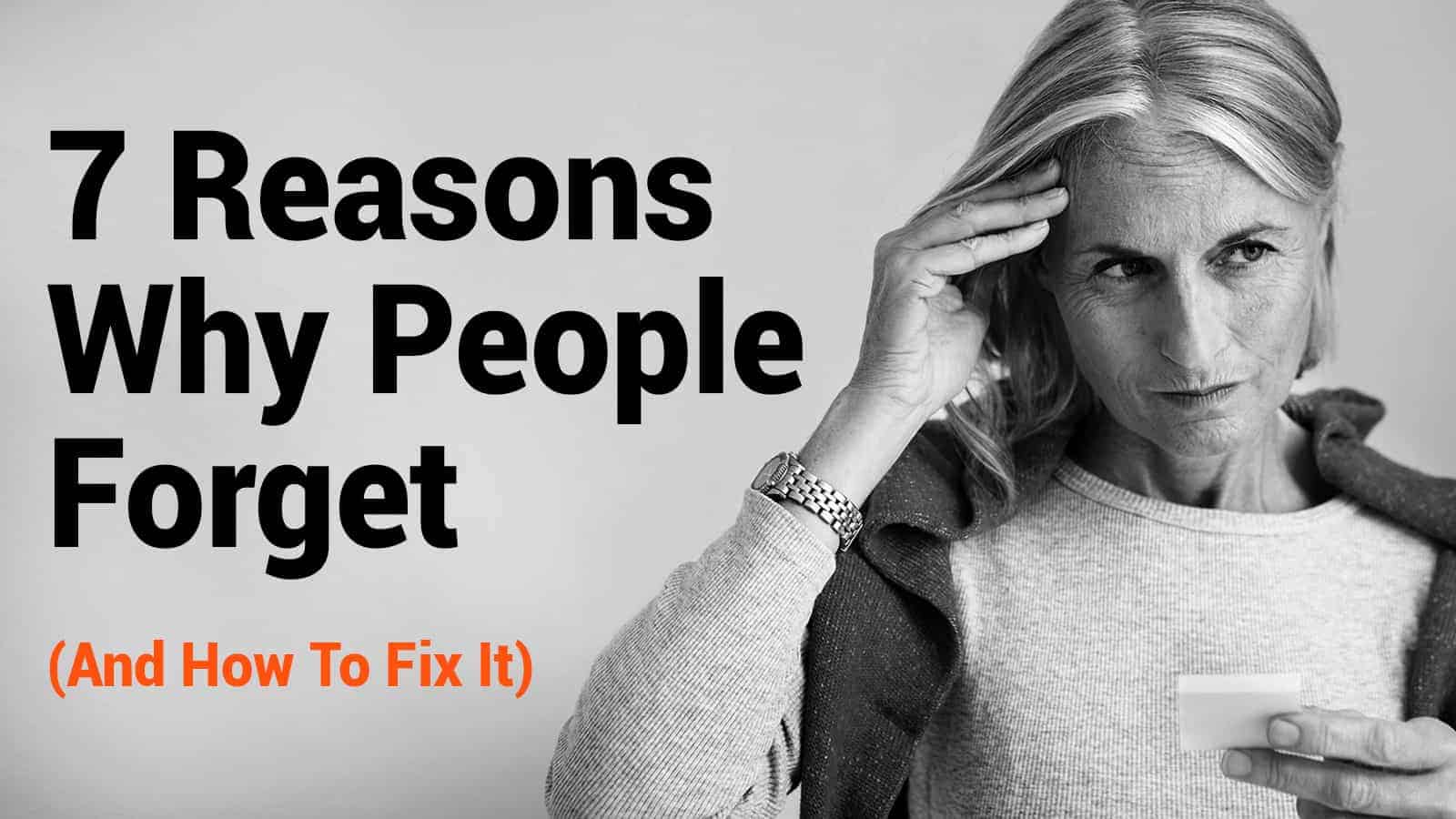A 30-minute walk every single day is the easiest exercise to do. Fortunately, it has multiple positive effects on your physical and mental health. Walking is so accessible for anyone who wants to start getting fit. You only have to wear comfortable, quality shoes and step out of your house to get this workout rolling.
Doctors never miss telling their patients to walk regularly to prevent disease development. Numerous studies suggest walking as an effective form of exercise as it cuts a person’s risks of developing heart problems by 31 percent. It also lowers your risks of death by 32 percent, as per Harvard Health.
People who have a sedentary lifestyle could improve their health immensely if they tried walking at a casual pace each day and covering at least 5 1/2 miles a week.
10 Things That Happen To Your Body When You Walk Every Day
“Walking is a man’s best medicine.” – Hippocrates
1. Your heart becomes healthier
Walking is the best form of exercise that can prevent cardiovascular diseases among inactive individuals. This information comes from experts in a study published in the journal Current Opinion Cardiology.
- If your body is not used to vigorous workouts but you’ve been advised to increase your physical activity, then you can start getting fit with regular walks.
- The immediate gains from this activity include lowered blood pressure and a better lipid profile (cholesterol and triglycerides). This, in turn, can bring long-term benefits to your cardiovascular health.
- With consistent walks, you lower your chances of encountering coronary episodes and death at a young age.
- Walking also increases your heart rate and strengthens your heart muscles. So, it can better pump blood and oxygen that your other organs need.
2. Your brain gets a positive boost
A study in the American Journal of Preventive Medicine learned that women who walked for at least 200 minutes every week felt emotionally better despite their depression diagnosis. Experts tracked these women’s improvements for three years and discovered that while walking made their body healthier, the psychological benefits for someone suffering from depression were even greater.
Depression is projected to become a widespread global disease by 2030, especially in countries where people earn a higher income, as per the World Health Organization. So, it is more important than ever to encourage people to exercise every day.
Even low-intensity walking has tremendous benefits to your mental well-being. When you are outdoors surrounded by trees and nature, you benefit from “forest bathing” where your brain does nothing else but relax.
A study in the Journal of Physiological Anthropology also showed that a 20-minute walk in the park, woods or forest lowers the brain’s cortisol levels, which is also known as the stress hormone. Walking clears your mind so you can have better, clearer, and more positive thoughts.
3. Your lung capacity strengthens
Walking encourages your lungs to properly function as you inhale oxygen and exhale carbon dioxide.
- You breathe harder when you walk, so your body makes use of more oxygen and dispenses more carbon dioxide.
- If your body is already used to the physical activity, your lungs will make use of the oxygen and carbon dioxide more efficiently.
- Your circulation also speeds up as your lung muscles keep moving.
- This process strengthens your lung capacity or the amount of air that your lungs can take in.
According to a study on the journal Breathe, a good walk will make you out of breath or breathless, but this is very different from being short of breath. The latter happens when your lungs aren’t functioning well. As you age, your lung capacity and function slow down so you experience more shortness of breath. But it will work differently if your body is used to walking.
4. Your eyesight improves
Glaucoma is on the rise and may cause 111.8 million people between the ages of 40 to 80 to develop the condition by 2040. Experts from the American Academy of Ophthalmology say that controlling the risks of this disease entails the same methods as preventing diabetes.
One of these methods is to maintain a positive and beneficial physical activity like walking. Experts also say that with regular walks, you can lower the risks of developing glaucoma by as much as 73 percent.
You can alter the flow and pressure of blood around your eyes every time you take a walk. Since this activity keeps your blood pressure at a normal level, you won’t risk having blood vessels burst and causing damage to your eyes. Thus, you preserve the health of your eyesight and avoid vision loss.
5. Your digestion picks up
A group of German researchers stated in a study on Gastrointestinal Liver Disease that walking may speed up how food travels in the stomach to aid with digestion. So, following a heavy meal, you may choose to rest for 20 minutes and then take a stroll around your neighborhood instead of sitting down to watch television.
If you don’t want to take a walk outside, consider pacing on the treadmill but set the machine at a slow setting. You don’t need to do a rigorous walk, move quickly, or burn more energy during this exercise as you might end up with indigestion.
Additionally, a good walk may also ease up your stomach if you’re experiencing constipation. This activity stimulates the muscles in the intestines so that you never have to strain when you need to relieve yourself. You’ll also keep your digestive tract healthier from the reduction of the toxins.
6. Your pancreas also becomes more efficient
The pancreas found in the abdomen is necessary for the digestive system. This organ produces the enzymes, hormones, and insulin that break down the food you eat.
According to the journal Diabetes, Metabolic Syndrome and Obesity, low-intensity walks increase the efficiency of the pancreas so your body’s metabolism and insulin production improve. Thus, you reduce your risks for developing diabetes and other metabolic disorders.
7. Your blood sugar levels off
When you walk for 20 minutes after a big dinner, you help your body level off its blood sugar. According to a study in Diabetes Care, the habit of taking short walks a few minutes after eating your last meal for the day is even better than a 45-minute walk in the morning. This is because the body clears glucose in the bloodstream since walking burns energy as it works up the muscles.
This is how some diabetics are able to manage their condition well. The research looked into older adults who have diabetes, weight and obesity problems or live a sedentary lifestyle
- When you are older, your body becomes more resistant to insulin production.
- Your pancreas also won’t function efficiently compared to when you were younger.
- This creates a double whammy on your system.
- Your body’s insulin production tends to dip later in the day
- Your system struggles after you’ve enjoyed a big dinner.
- As a result, you could end up retiring for the night with high blood sugar level in your bloodstream if you don’t walk it off.
8. You experience relief from lower back pain
If you are suffering from lower back pain, it won’t be advisable for you to run or do high-impact exercises as these workouts might worsen your condition. But when you regularly walk, you still get the required physical activity. At the same time, you’ll also be able to improve your blood circulation, especially around the spinal structure.
When blood properly flows around your spine, you’ll improve its flexibility. So, you’ll start feeling more relief in your lower back area if you keep a regular walking schedule. In fact, experts from a study in Disability Rehabilitation recommend walking for people with chronic low back pain.
9. You’ll tone your muscles
Obviously, walking directly impacts your leg muscles. But since this activity is not intense, you won’t experience muscle soreness and you can still do the same routine the next day.
Eventually, however, as you keep your pace and increase the intensity of your walks, you may also integrate more intervals or take different routes where you have to walk uphill or climb the stairs. This is how you can develop and tone your legs. Muscle toning is helpful if you also have a goal to lose weight and achieve a good physical form.
10. You strengthen your bones and joints
According to the National Institutes of Health, weight-bearing exercises like walking force your bones and joints to move against gravity. As a result, you build stronger bones and joints. When your bones and joints are stronger, you reduce your risks of fractures, immobility, and bone mass loss that normally happen when you age.
The Arthritis Foundation also recommends walking regularly if you suffer from joint stiffness and inflammation. Similar to lower back pain, walking promotes better blood circulation in your joints that helps reduce discomfort.
Final Thoughts On The Things That Happen To Your Body When You Walk Every Day
Now that you know the positive effects of a 20-minute walk every day, you should make it your goal to fit this quick exercise into your routines. There are plenty of ways to incorporate walking as a daily habit.
- You might want to have walking meetings with your colleague at work instead of sit-down meetings.
- You could also take a stroll during your lunch breaks.
- Instead of driving or riding a public transportation, consider walking to do your errands.
- Take your partner, kids, and dog with you and make walking a family activity.
- Invite a group of friends to walk with you every day.
According to the Mayo Clinic, it’s more encouraging for people to do walking exercises as a group because you can collectively support each other’s fitness goals. It’s also a lot more fun to walk when you have a companion. Even if you traverse the same routes every day, you don’t easily get bored when you have someone to talk or laugh with as you walk.
Once you get the hang of it, you can supercharge your walking exercises. Try walking faster, or wear weight-bearing pads on your ankles. You can even carry weights to pump your arms as you walk. You have many options to keep the motivation high and the body healthy through daily walks.











